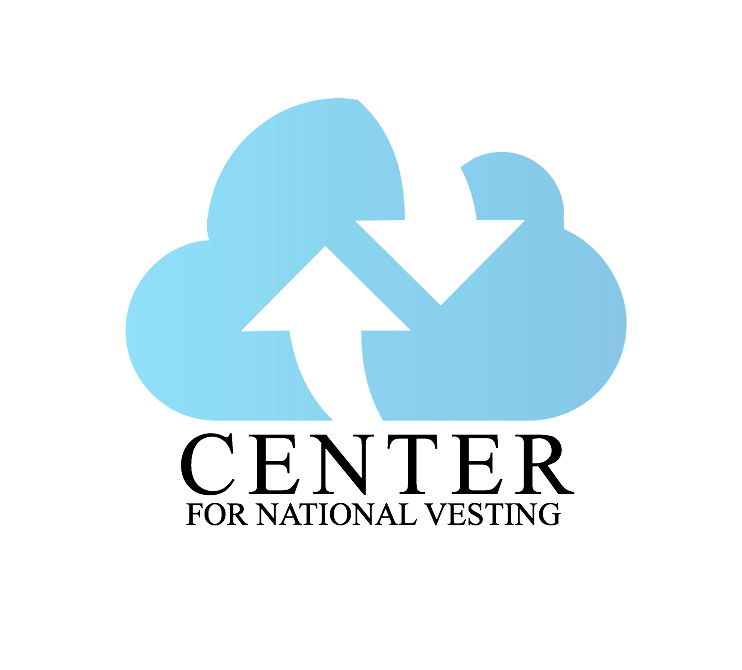American Rescue Plan will help in the short term, but CNV promises lasting impact
There is no doubt that President Biden signing the American Rescue Plan on March 11 will have widespread benefits to Americans. The $1.9 trillion pandemic relief package promises $1,400 for most recipients, expanded unemployment benefits, and tax rebates, according to published reports.
There’s more good news, too. According to a story in The New York Times on March 18, there are advantages for those seeking health insurance. “The legislation lowers the cost of health insurance in many instances for people who bought their own coverage via a government exchange. And the premiums for those plans will cost no more than 8.5 percent of your modified adjusted gross income,” the story noted.
This is welcome news for Americans at a time when many are struggling to make ends meet, millions more have lost their jobs, and countless families are wondering how they will put food on the table.
But what happens when the stimulus checks run out, the unemployment benefits lapse, and the tax rebates have vanished?
That’s where the Center for National Vesting comes in. The Center for National Vesting’s economics plan can impact struggling Americans for the longer term.
Robert Whitehair, founder of the Center for National Vesting, has used mathematical formulas to find “a market surplus that now exceeds $15 trillion per year.”
Whitehair says that, by implementing a vested economy, the market surplus would eventually be distributed to Americans. Under a vested economy, says Whitehair, every U.S. citizen would now be able to receive $100,000 in cash. That money can help millions of families pay for the rent or mortgage, food and utilities, and other needs.
Whitehair notes that a vested economy is one in which the market surplus is distributed to the individual laborers who produce the surplus through an equitable process. Individuals become vested by successfully completing one or more requirements. For some, that may mean completing an educational requirement. For others, it may mean serving in the military.
To give an analogy, vested economics serves as a sponge soaking up an economy’s excess supply of goods and services. Then, a distribution mechanism called National Vesting is used for apportioning that excess back to its producers in an equitable manner. In other words, no one has to earn a poverty wage ever again.
So, in conclusion, we applaud President Biden’s quick action in signing the American Rescue Plan. The stimulus checks and other benefits are sorely needed and will help millions of Americans at a crucial time in their lives.
But in order to create lasting effect, the potential of implementing a vested economy means that Americans would benefit in a more dramatic and impactful way.

